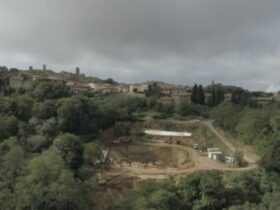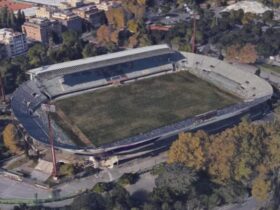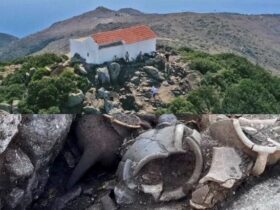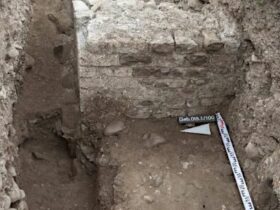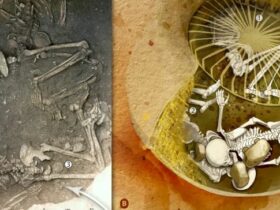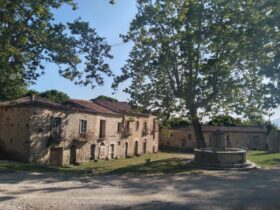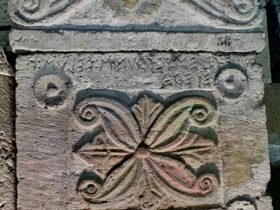Gerard FLYNN. Fulacht Fíadh and the Brewing Conundrum, A critical review evaluating the function of fulachta fiadh and the brewing of beer.
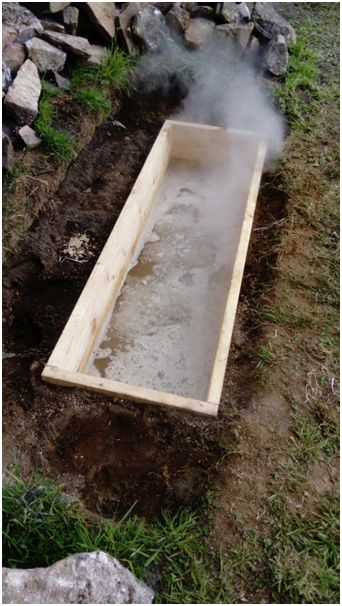
The objective of this project was to reconstruct a replica fulachta fiadh to reinterpret and assess its possible function. The initial idea for this came from the work of Bill Quinn and Declan Moore in 2007 who re-evaluated the function of the fulachta fiadh by successfully brewing an alcoholic beverage and trying to suggest that these were potentially used as brewing sites. At the time Billy and Declan were getting praise and critisem about this theory. This was a great opportunity to keep the debate about the function of fulacht fiadh alive so I decided to do my final yeaar thesis to recreate the experiment and to try to keep it as authentic to what the Irish Bronze Age person had. The idea to keep it tradatioanl as possible and not to use any modern techniques, to use locally sourced materials, construction methods, plants that would have been sourced seasonally and to extract yeast naturally from the air or from the skin of the fruit or plants used in the beer. Unlike Billy and Declan who used brewer’s yeast in some of their experiments.
There has been a presence of alcoholic beverages/ beer in Ireland as early as the Neolithic right up to the present. Some of the earliest examples come from Scotland. According to Max Nelson (2005, 12) the Balfarg site contained fragments of grooved ware. The residue from the pottery suggested that a variety of cereals, pollen, meadowsweet and henbane contained in the pots, which can be all used for flavourings and for fermentation, some are still used in breweries today. There is also evidence of this through the presence of beaker pottery, but the question that has never been answered is where and how did the Bronze Age people brew beer form a cereal based alcoholic beverage. The fulacht fiadh are an enigmatic monument, which has no obvious function. The ideal of mashing cracked malted barley in the trough of the fulacht fiadh has proven an effective way of mashing large quantities of wort to convert to an alcoholic beverage.
The initial experiment consisted of malting whole barley, by encouraging germination and heat treatment to stop the acrospire from growing further. Cereal processing with a rotary quern was attempted, which lead to the mashing of the cracked grain in the trough, which produced sweet wort. For flavourings and fermentation, organic apples, strawberries, blackberries bog myrtle and heather were used due to the time of the year there were no other natural yeast bearing plants available. Originally gas chromatography was used to evaluate the percentage of alcohol-achieved from the experiment. But for the proposes of this project and not having access to a gas chromatogpher a hydrometer was used to read the gravity, essentially it reads the volume of sugar in the liquid. The hydrometer would be used to read the gravity throughout the fermentation process nearing the end there would be less sugar meaning the yeast has consumed it and convert it into alcohol. The reading at the beginning and at the end will give a close approximation of the alcohol percentage.
During the Bronze Age, the production or brewing of alcohol was clearly achievable; also, the trough of a fulachta fiadh has also proven that large quantities of beer could be created, to facilitate a society or community…
Leggi tutto nell’allegato: Fulacht Fíadh and the Brewing Conundrum
Autore: Gerard Flynn


